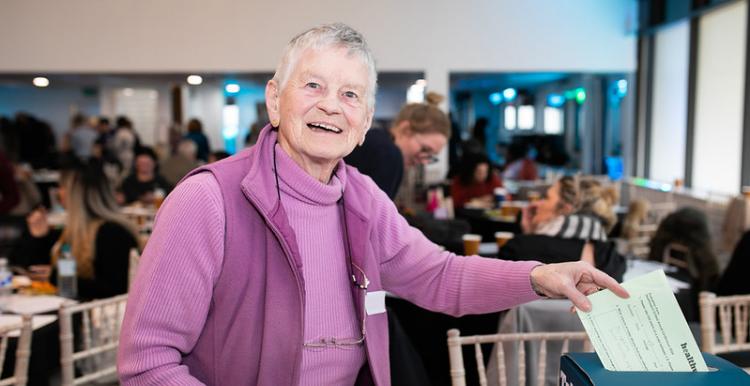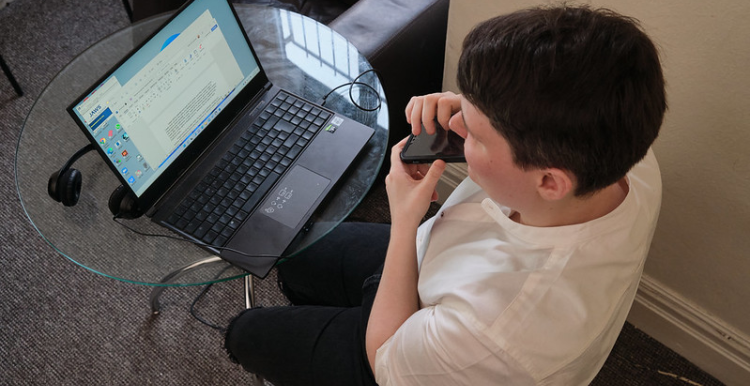What is online engagement?
Because of the coronavirus (COVID-19) pandemic, you may be thinking about using online or other remote methods of engagement. While we know that this approach won’t work for everyone, there may be some people in your community who can, or can be supported to, engage with you in this way.
There are different ways you can engage people online. This includes:
- Surveys
- Focus groups using video conferencing apps like Skype, Teams or Zoom
- Interviews
- Polls on social media or your website
What should you think about when planning online engagement?
1. Can you protect people's personal information and make sure you have their permission?
Will people’s personal details, such as their phone number or email address, be shared differently through this engagement? If you’re engaging with multiple people at the same time, for example using virtual meeting spaces, will people be able to see each other’s details? How will you make sure they are aware of this and get their permission?
2. How will you continue to make sure people’s information is stored securely and in line with GDPR?
Think about who will have access to this information – including people’s contact details, IP address, and any digital recordings (where relevant). Do you have the appropriate measures in place to store this information securely?
Read our data protection advice and guidance
3. Who are you not engaging with for now?
Not everyone is online or wants to engage with you this way. Often this means the most vulnerable groups in our communities are missing out on very important support or their opportunity to have their say. Think about how you can reach these people, for example, partnering with a local organisation in touch with these groups.
Also, think about your future engagement plans and how you can include those unable to participate remotely – once it’s safe and appropriate to do so.










